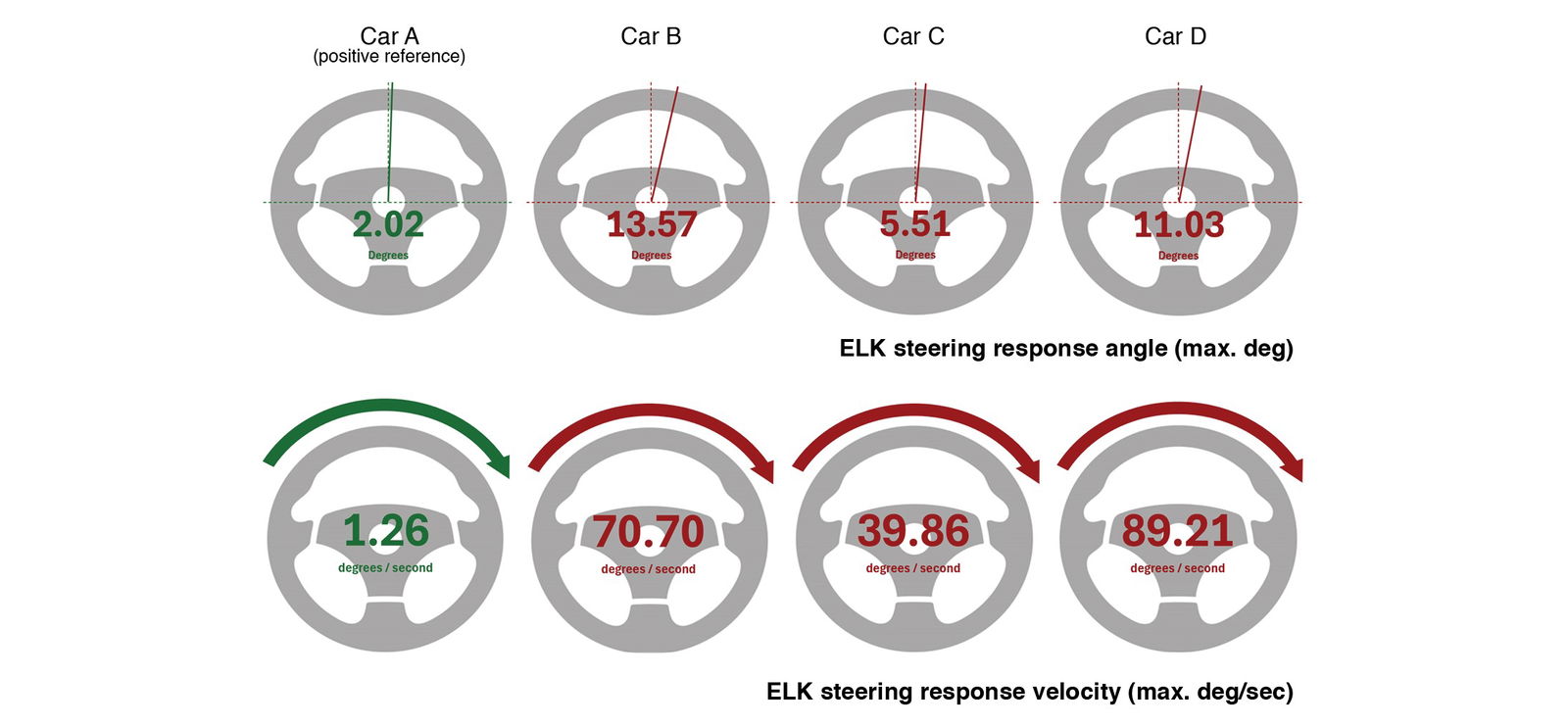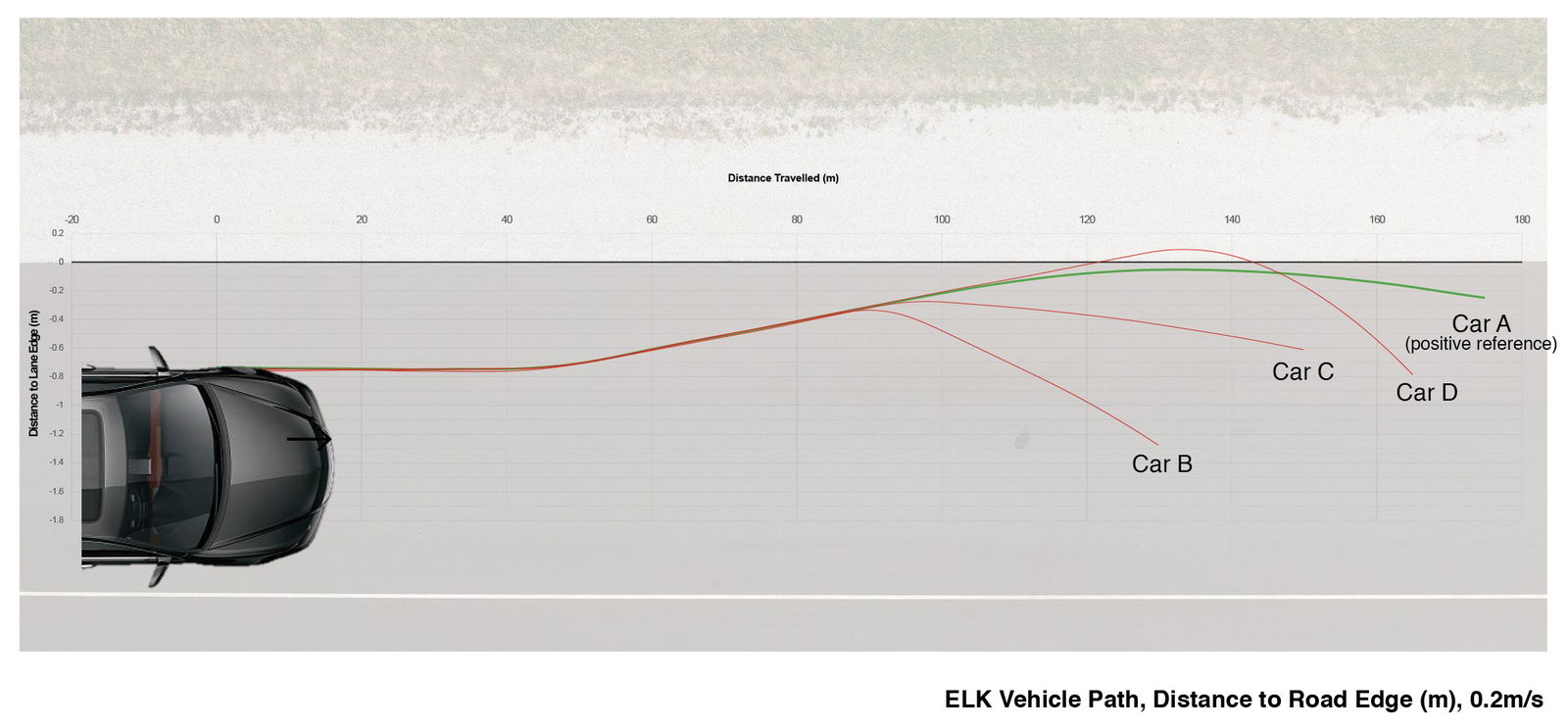
Last week, ANCAP (the Australian New Car Assessment Program), best known for their crash testing of vehicles sold here, published their initial insights into “lane assist” systems, something that has become available on many cars in recent years. In fact, some factions are pushing for it to become a compulsory fitment on all new cars.
Many of you will already be driving cars that have this feature fitted and may well have reached a conclusion as to its value. I can only say that I hate the damn things. I’ve driven all manner of cars this year in many different countries, including my own here in Australia, and each and every time I’ve ended up getting exasperated by the lane assist, at least until I’ve worked out how to disable it.
Driving a rental Seat (a Spanish Volkswagen) in Ireland last month, I couldn’t actually work out how to turn the bloody thing off. It overreacted on every small road in the wilds of County Kerry as it appeared to sense hedges and the like, plus it couldn’t cope with white lines that were less than a car’s width apart – an Irish problem for sure!
ANCAP reported on their initial findings across four different, anonymous, vehicles as to the comparable fitness for purpose of the system in each car. What was very clear was that there’s a massive variation in the way this technology works from car to car, even just in this small sample.
But do we need this gadget?
I actually think it’s not a safety aid at all. It’s downright dangerous on occasion. Across 10 different cars this year, on three continents, I’ve yet to see a positive. What I have seen, and felt, is a battle with the steering wheel when I’ve least expected it.

Probably the worst experience was battling road works around Chicago in a Genesis before I stopped and worked out how to switch it off. The wheel was being pulled all over the place in my hands.
I know how to switch it off in my Cupra Born. But it needs to be switched off every single time I get into the thing, which I religiously do. And it’s been the same on everything else I’ve driven recently if I’ve worked out how to do so.
Is there a way to permanently disable lane assist? I haven’t found it. The default seems to be that’s it’s always on.
There’s no doubting that a hell of a lot of the technology that we’ve seen become integrated into every motor vehicle over the last couple of decades is a real benefit. Things like ABS and traction control are of massive value to the average motorist.
However, we’ve now entered a very cloudy area around autonomy, with not only lane assist, but also active cruise control, automated braking and the like. The more that these features appear on cars, without the benefit of full autonomy, the more that regular drivers will become over reliant on them and pay less attention to driving the car.
Full autonomy is still a way off for every day urban use here. Maybe it’ll come, but there’s not only the technology to perfect but also the insurance issues to overcome.
In the meantime, we are increasingly getting into some sort of ‘no-mans land’ between analogue driving and full autonomy. And I think it’s dangerous in a way that isn’t being adequately considered by both car manufacturers and legislative bodies.
The car makers are just going head to head around the world right now to see who can put the most new tech into their cars. The post pandemic rise of the Chinese automotive industry has only exacerbated this. Chinese consumers appear to want as much technology as possible, both from a driving point of view and also a general car feature perspective. Even mid-range cars from China seem to have huge dashboard screens, self-closing doors, recessed handles, electric everything etc. Plus every sort of driving aid imaginable.
That’s permeating through to the products from other countries as well.

I’ve mentioned before in this column that I personally don’t need or want half this stuff. It only creates ever more things to go wrong in due course as well as often adding unneeded weight, and therefore inefficiency.
But the real point here is that, in my opinion, some of the driving aids are actively reducing the level of attention that drivers are giving to driving! They’re making them lazy and, probably, more likely to be looking at their phones when their eyes should be on the road.
And, in the case of lane assist, the inputs can take them by surprise as the system reacts to unusual road circumstances such as merging white lines around road works. The software running these programmes is simply not infallible.
I’m a firm believer in maintaining the art of analogue driving until such times as the automotive world has developed autonomous driving to an aviation level of reliability and safety. Hopefully that’s after I’ve given up driving!
And the good thing about being in Australia is that all the guinea-pig testing of these autonomous systems is going on elsewhere in the world. With any luck our pollies will keep them at bay until the Chinese or Americans have perfected them on their own respective populations.
Just don’t me started about the potential for the Chinese to switch all the systems off one day and cause chaos!











Discussion about this post